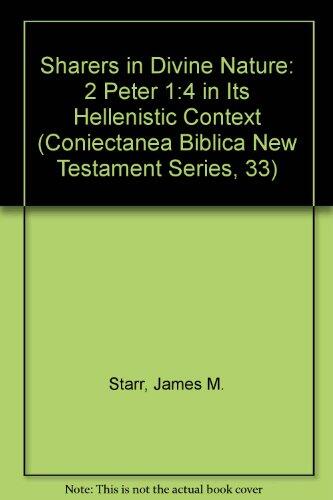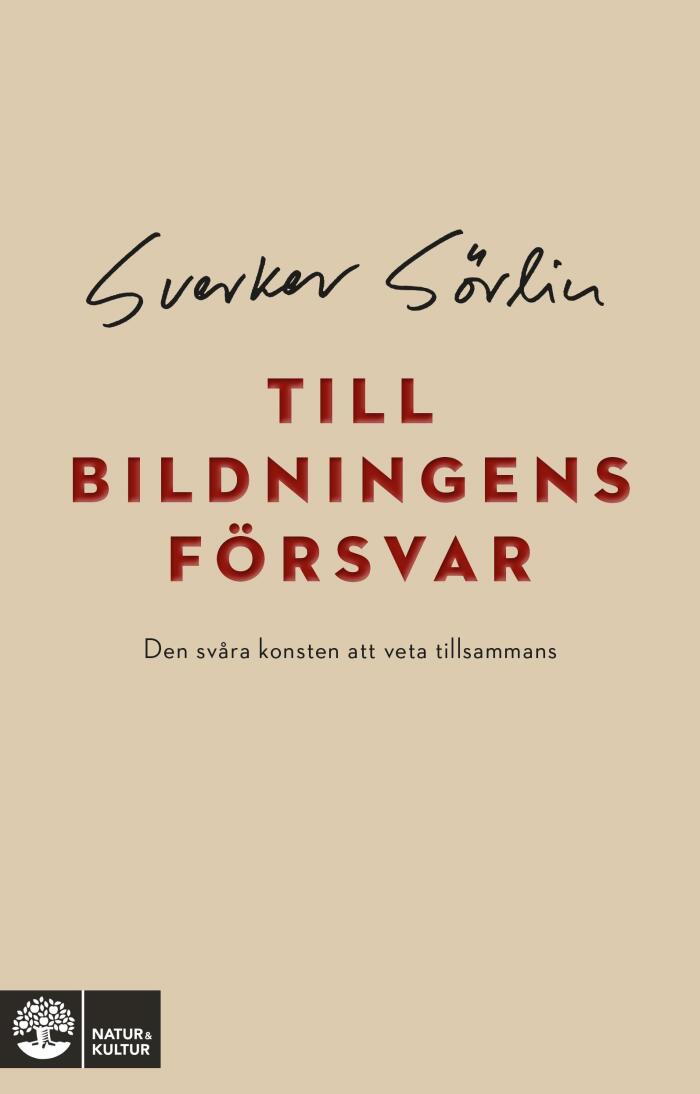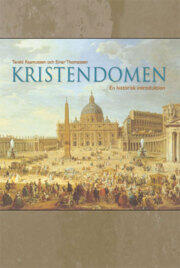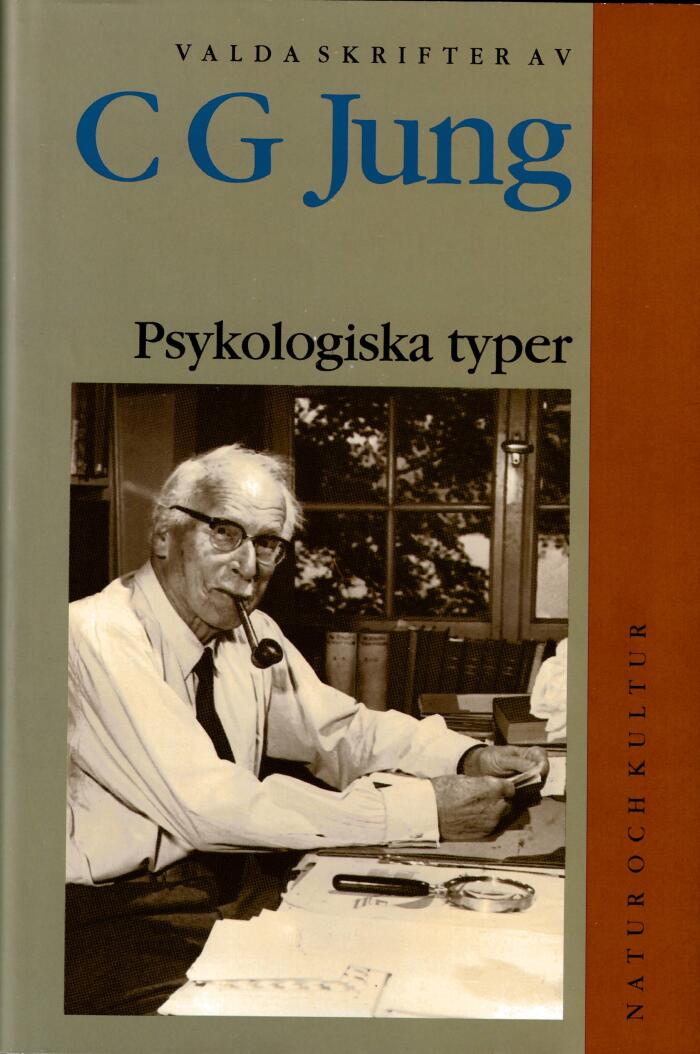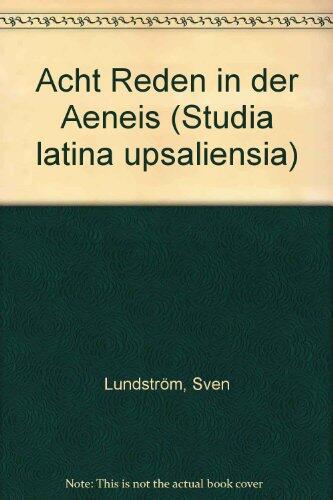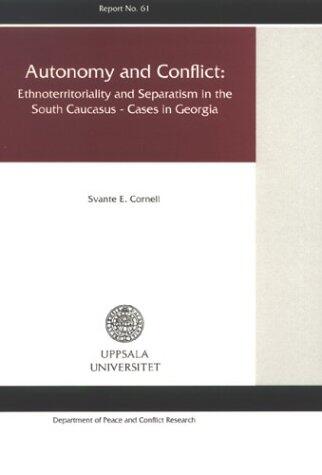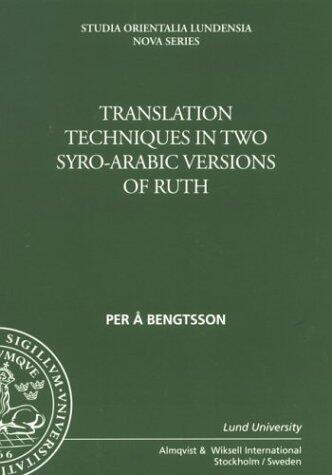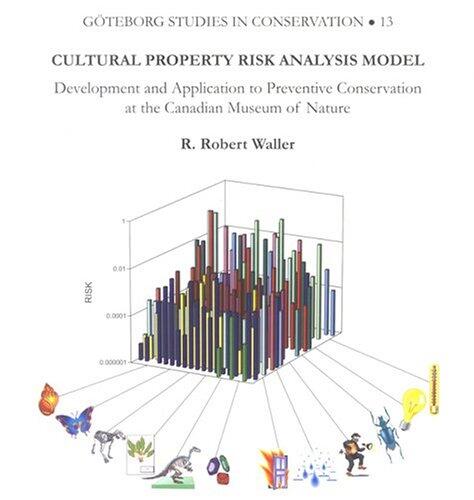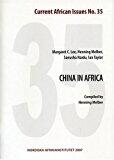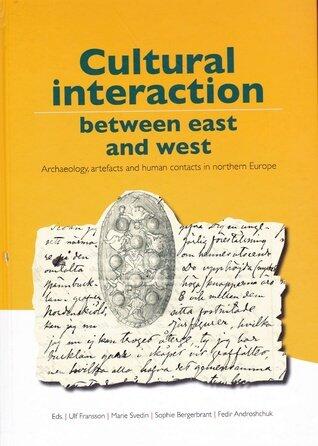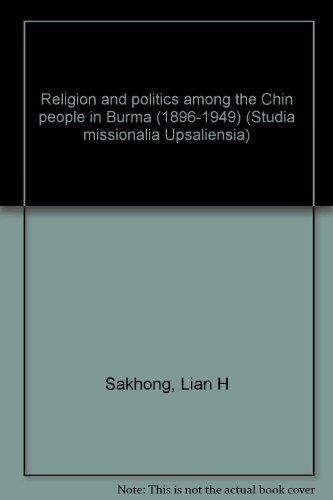
Religion And Politics Among The Chin People In Burma
작성자
Lian H. Sakhong
아직 평점이 없습니다
Religion & Spirituality
History
형식
페이퍼백
페이지
392
언어
영어
출판됨
Jan 1, 2000
출판사
Uppsala University
ISBN-10
9185424587
ISBN-13
9789185424580
설명
Lian H. Sakhong's exploration of the intricate interplay between religion and politics among the Chin people in Burma spans over five decades, from 1896 to 1949. Through meticulous research, Sakhong uncovers how religious beliefs and practices have shaped the political landscape and vice versa, revealing a rich tapestry of cultural identity amid colonial challenges and post-colonial struggles.
As the narrative unfolds, readers are drawn into the complexities of Chin society, where Christian beliefs emerged as powerful forces for social cohesion and political mobilization. Sakhong's insightful analysis dives deep into how these dynamics influenced the Chin people's quest for autonomy and the preservation of their unique heritage against a backdrop of external pressures and institutional oppression.
The work stands out not only for its historical significance but also for its profound reflection on the enduring relationship between faith and governance. Sakhong's thesis offers an essential resource for those interested in the socio-political fabric of Burma and the broader implications of religious influence in regional power dynamics.
As the narrative unfolds, readers are drawn into the complexities of Chin society, where Christian beliefs emerged as powerful forces for social cohesion and political mobilization. Sakhong's insightful analysis dives deep into how these dynamics influenced the Chin people's quest for autonomy and the preservation of their unique heritage against a backdrop of external pressures and institutional oppression.
The work stands out not only for its historical significance but also for its profound reflection on the enduring relationship between faith and governance. Sakhong's thesis offers an essential resource for those interested in the socio-political fabric of Burma and the broader implications of religious influence in regional power dynamics.
